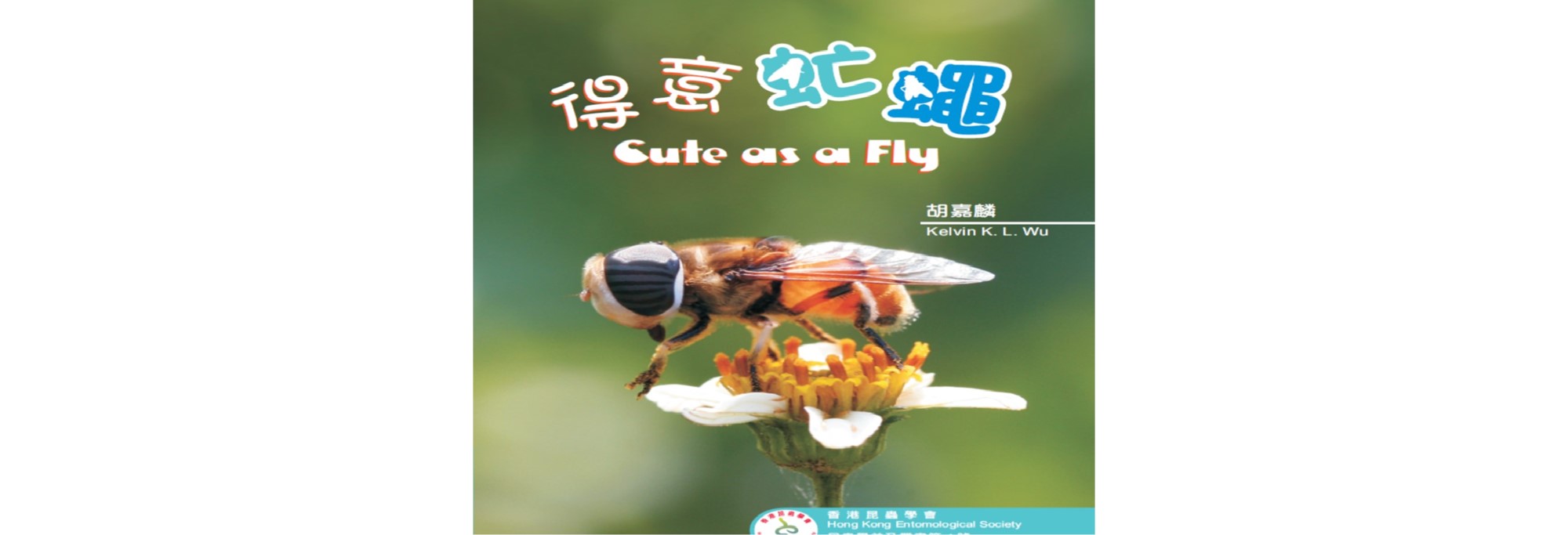Kelvin Wu
PhD - hoverflies in Hong Kong

When talking about Hong Kong, one would seldom associate the city with biodiversity or ecology. Yet behind the skyscrapers, about 40% of the land area is designated as country parks and somehow protected from development. From sky to ocean, Hong Kong’s natural environment provides shelter and food for a great variety of organisms, more notably the migratory birds.
I started the hobby of insect photography in 2006 and hoverflies soon caught my attention. They mimic bees and wasps in appearance and visit flowers for nectar and pollen, overthrown my stereotypical understanding of flies being filthy and ugly. Adults are considered as common pollinators, and this role is receiving more attention as the reported global decline in bee population urges for the search of alternatives that can provide pollination service to agriculture. Larvae of many species in the subfamily Syrphinae are aphidophagous, and are considered beneficial to agriculture in terms of pest reduction on crops.
I conduct this off-campus study in Hong Kong. It comprises a fieldwork based faunistic study, aiming at understanding the spatial and temporal distribution and abundance of Hong Kong hoverflies, which did not receive much attention from former researches. It also includes a taxonomy research to confirm and identify the species. Pollination effectiveness will be studied to see how they interact with local flora.